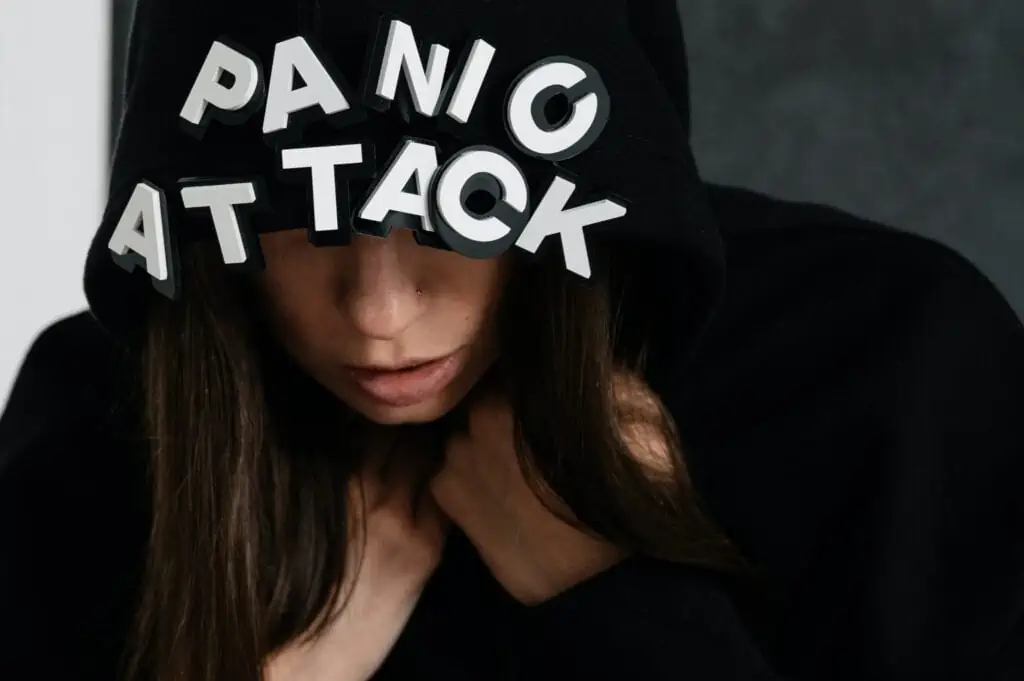Panic attacks can feel extremely frightening as physical sensations take over the body and the mind becomes overloaded. Panic attacks can feel so horrible, that the thought of having another one can cause anxiety, leading to future attacks. Unfortunately, many people experience a domino effect from panic attacks, leading to avoidance of activities, increased anxiety, and more.
In this article, we will explore panic attacks specific to driving, understand why they happen, what are common symptoms of a panic attack, what to do when you are driving, and lastly, this article will explore treatment options.
Why Panic Attacks May Occur While You’re Driving
Panic attacks can occur for any number of reasons and they may have nothing to do with driving. Those who are prone to anxiety and panic attacks may experience a panic attack anywhere, regardless of circumstances.
Driving itself can be stressful and produce anxiety for many people, though it may never develop into a full-blown panic attack.
Some drivers may experience anxiety and panic from numerous aspects of driving. Some people may fear being stuck in traffic, getting lost, driving too fast, driving over bridges, driving through tunnels, or perhaps they were involved in a previous car accident. Cars may be a form of transportation but they are also considered deadly weapons and therefore the thought of driving can be anxiety-producing for many.
It’s okay and rather normal to feel anxious about driving sometimes, it’s when the anxiety feels overwhelming or develops into a panic attack that it creates a serious problem for people. Driving allows for independence and freedom, if panic attacks while driving cause people to avoid driving, their quality of life can be seriously impacted.
Common Symptoms of Panic Attacks

- Feeling as though you are separate from your physical self, depersonalization
- Hot flashes, feeling flushed, or feeling chills
- Shaking
- Feeling dizzy or light-headed
- Shortness of breath
- Heart palpitations
- Feeling confused
- Feeling out-of-control
- Nausea
- Sweating
- Chest-pains
- Hyperventilation
- You may feel as though you are having a heart attack
*If ever you suspect you are having a heart attack, call or have someone else call 911
How Long Does a Panic Attack Last?
Luckily, panic attacks don’t typically last long. Panic attacks can last anywhere from five to twenty minutes. Although rare, panic attacks can last up to an hour.
For the person experiencing the panic attack, it can feel like a lifetime. Overwhelmed by physical sensations and feeling as though their mind is overloaded, time can become warped.
How To Control Panic Attacks While Driving
- Pull Over to Safety: The first thing to do if you are experiencing a panic attack while driving is to pull over to a safe area and stop the car. You don’t want to take the chance of losing control or causing an accident. Once your car is safely pulled over, turn on your hazard lights to warn other drivers of your whereabouts. Pull over to safety first and focus on riding out the panic attack.

You can use the mantra, “override my panic, get myself to safety.” Take some deep breaths as you scan your surroundings for a safe place to pull over. Rather than have your thoughts and fears take over, keep repeating your mantra until you are in a safe spot and the car is in park.
- Deep and Controlled Breathing: Deep breathing will help to regulate your physical symptoms. Inhale for a count of four and exhale for a count of five. Keep focusing on your breath until you start to notice your breath coming into a relaxed rhythm. Once your breathing is stabilized, you can start using other techniques to help calm yourself.
- Tapping: Tapping is a form of EMDR (Eye Movement Desensitization Reprocessing), that helps the left and right hemispheres of the brain process stimuli. By tapping your left fingers and your right fingers on your knees as you are working through your panic attack, your body will start to feel relax.
- Create a Plan Ahead of Time: If you know you are prone to panic attacks while driving, creating a plan ahead of time can be tremendously helpful.
Make a relaxing music playlist. Classical music as well as instrumental music has been shown to benefit those with anxiety. Research has found that listening to classical music can reduce cortisol levels and lower anxiety.
If music isn’t your forte, try listening to a podcast or an audiobook.
If you know certain things might trigger your attacks, do your best to avoid them if you can, and make preparations to cope if you can’t. For instance, if driving on the highway makes you anxious, take the backroads or use one of the coping mechanisms above to help you get through it. If traffic is a trigger, avoid driving during rush hour. If the idea of getting lost creates anxiety, map out your destination first.
Treatment Options for Panic Attacks
Cognitive Behavioral Therapy (CBT) is known to be very helpful for those suffering from panic attacks. CBT aims to address maladaptive thoughts and help reframe those thoughts, leading to healthier behavior. Catastrophic thinking, such as thinking every time you are going to drive you might get into an accident, would be an example of the types of thought patterns CBT disrupts.
Exposure Therapy teaches clients coping strategies to help deal with their anxiety. After developing some coping skills, clients are then assisted with taking small steps towards exposing themselves to the anxious activity, in this case, driving.
Professional Driving Lessons can help people look at driving more technically and develop positive driving techniques that help eliminate anxiety. Many professional-driving cars will have a steering wheel and brakes on both sides of the car so that you can feel assured you are safe even if you lose control.
Conclusion
Panic attacks are frightening but they are manageable. Don’t let the fear of having a panic attack while driving restrict your lifestyle. Get treatment today and start working towards conquering your fears. Help is available and driving without panic attacks is possible.





